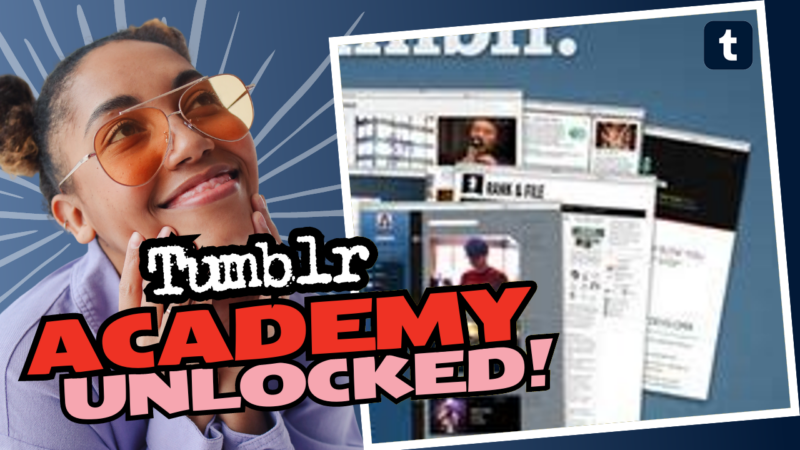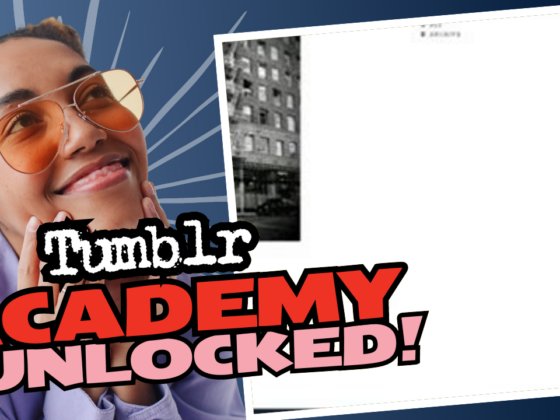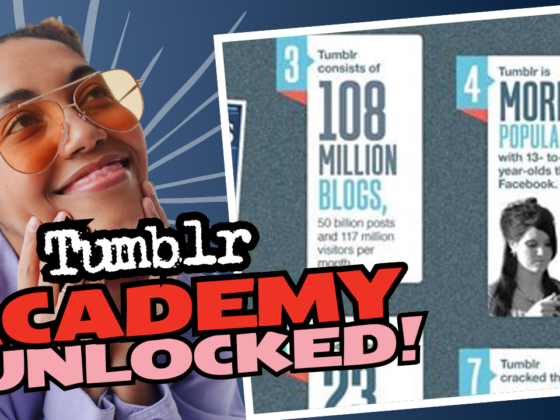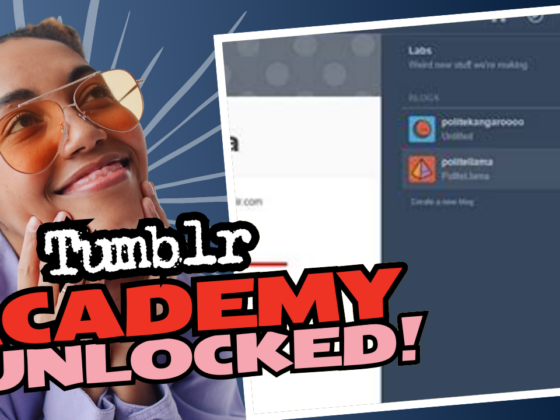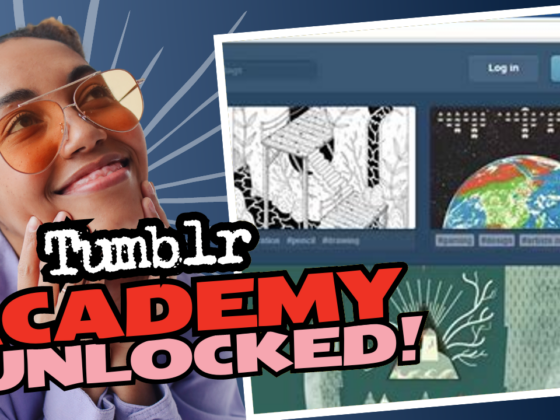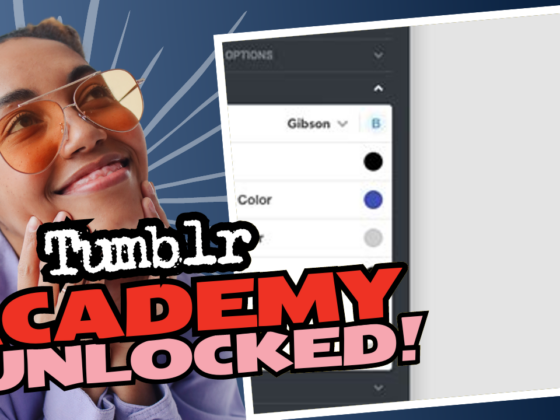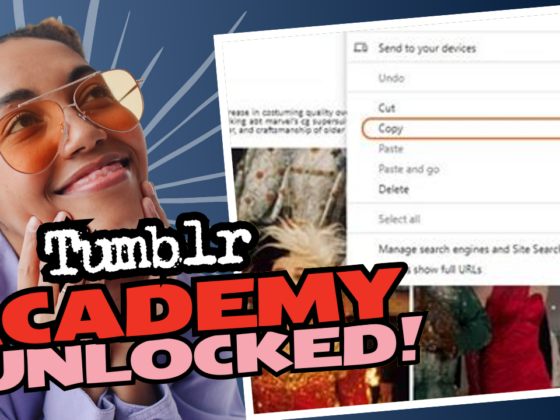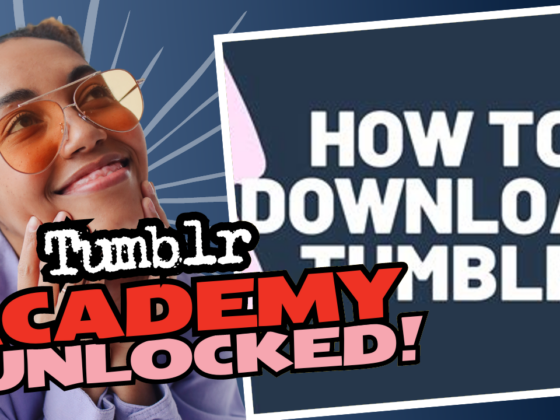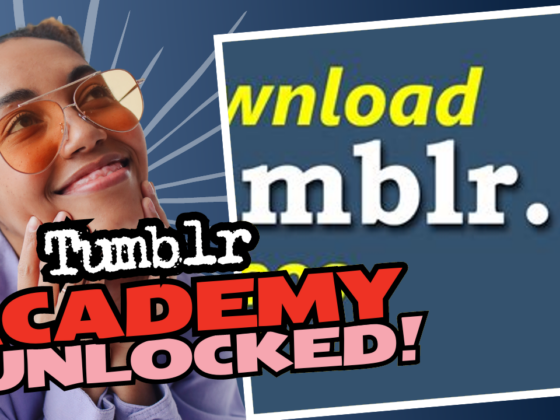Does Tumblr Scan Videos for Copyrighted Material? Let’s Dive In!
Ah, the question of copyright—the age-old bane of content creators and internet enthusiasts alike! When it comes to sharing videos on platforms like Tumblr, understanding the ins and outs of copyright law becomes as essential as knowing how to properly meme. Let’s break it down!
First, What is Copyright, Anyway?
In the realm of creative expression, copyright is the legal guardian of your favorite content. Think of it as the superhero cape that protects art, music, video, and photography. Basically, if you create something, you own the rights to it unless you’ve decided to give those rights away for free—like a pizza party invite in high school that no one shows up to. This means that others can’t just take your brilliant content and use it without asking.
To keep it short and sweet, copyright laws allow creators to control the use of their work. When it comes to video content, it’s particularly important to be aware of the implications these laws carry. So, does Tumblr—where you can post all sorts of animated adventures and photo stories—actually scan videos for copyright infringement? Spoiler: it’s complicated!
Does Tumblr Scan Videos? Here’s the Tea ☕
In light of existing copyright laws, Tumblr doesn’t actively scan videos for copyrighted material like YouTube or Facebook. However, they do follow a “notice-and-takedown” procedure, which means that if someone reports a video for being copyrighted, Tumblr will swoop in and take it down like a hawk. So, the likelihood of getting your beloved cat video taken down is, unfortunately, a very real possibility.
This means that if you want to avoid your video getting the proverbial axe, you should ideally create your own content or use content you have explicit permission to use.
Let’s think about the situation:
- Typed out the video script? Great!
- Filmed your pet dog doing a backflip? Awesome!
- Used a video from someone else and called it a day? Yikes. That’s a one-way ticket to copyright hell.
Using Other People’s Content: Is it Even Possible?
Okay, here’s where things get spicy. If you’re hoping to spice up your Tumblr with clips from your favorite shows or movies, you might be stepping into murky waters. When using copyrighted materials, you generally have a few choices:
- Fair Use: If you’re using a short clip for commentary, parody, or criticism, it could qualify as ‘fair use’. But, before you start throwing around the term like confetti, remember that fair use is often a legal gray area. What might seem fair to you could have the opposite effect when someone with a legal background checks it out!
- Get a License: If you’re serious about using someone else’s work, you can contact the copyright owner and ask for permission. This could involve paying for a licensing agreement, which can range from a small sum to a small fortune, depending on how famous the work is. Because who doesn’t want to pay $$$ just to use a clip of an iconic cat meme, right?
The Myth About Pre-1978 Images: Let’s Clear This Up!
Did you know that copyright laws date back way earlier than you probably think? That’s right! These shiny legal gems have been around since 1865 when photography first started popping up like hot new trends on TikTok. So, if you believed that images made pre-1978 are fair game because they aren’t copyrightable, I hate to break it to you, but you could be setting yourself up for a surprise.
Yes, copyrights can expire. Yes, if a work was published before 1928, it might be fair use. But guess what? The blanket statement that pre-1978 images are all off-limits is as inaccurate as claiming the Earth is flat!
Fast forward to the 1998 Copyright Term Extension Act, and you’ll find that previous works had their copyright duration extended. So any work created after this law is still under copyright unless you’ve got that smoky magic wand (read: legal proof) suggesting otherwise.
So What Can You Do Instead?
Fear not, dear reader! Just because the copyright gods are at odds doesn’t mean you can’t find your creative groove. Here’s what you can do instead of risking it all:
- Use Creative Commons: Websites like Flickr offer images and videos shared under Creative Commons licenses. This means people have given permission for their work to be reused—score! Just make sure to check the specific license requirements.
- Stock Photography: There are endless resources filled with beautiful, high-quality images just waiting for you to snap them up. Adobe Stock, Shutterstock, and Pexels are a few places where you can find licensed content. Just read the guidelines because, trust me, you wouldn’t want to be the person who posts a stock photo only to be slapped with a fine!
- Hire a Photographer or Artist: When in doubt, commission the work. Find someone who can create a unique image that suits your needs. Not only does this give you the content you desire, but it also supports other artists—the win-win we all love.
- Use AI Art Generators: Fancy a trip to the future? Leverage AI to generate images that tickle your fancy. Just be aware of the various terms of service and restrictions that come with using AI-generated art. Hey, it’s the 21st century—get with the program!
What About Music?
You’re probably asking—what about my killer soundtrack? How do I pair my epic footage with the perfect tunes without ending up in copyright jail? Well, folks, welcome to the world of music licensing!
If you’re planning to use popular songs in your videos, keep this in mind:
- YouTube won’t hesitate to hit you with copyright claims quicker than your relatives at Thanksgiving. Sure, you might get lucky sometimes and they’ll let you keep your video up, but don’t count on it—especially if too many eyeballs are watching!
- Consider using royalty-free music or open-source audio libraries. Websites like Epidemic Sound or YouTube’s Music Library provide fantastic options for those who want to avoid the copyright yo-yo.
The Risky Business of Winging It
Ah, the “wing it” approach. Sure, you could just use whatever you want and hope for the best—but let’s not pretend that’s a foolproof strategy. Would you walk into a casino and bet your life savings on a single roll of the dice? I didn’t think so.
Sure, some people might say, “I’ll just take my chances.” But remember, “play stupid games, win stupid prizes” not only applies to bad decisions in gambling but also to copyright infringements! You risk getting slapped with legal notices that make your head spin faster than a roller coaster.
Hire a Lawyer?*
Now, if you’re really serious about using someone else’s work, don’t hesitate to grab that proverbial bull by the horns and hire an attorney specializing in copyright law. This way, you can save money in the long run and avoid learning lessons the hard way—like getting a call from a lawyer about your favorite photo of a sunset being not-so-legal.
Here’s the kicker: Ignorance of the law doesn’t exempt you from the consequences. Better safe than sorry, right?
To Sum It All Up!
Navigating the visual and audio jungle of copyright can seem daunting, but with a sprinkle of caution and an ounce of knowledge, you’re more than capable of creating and sharing fantastic content without a hint of copyright-related headaches.
So remember these essentials:
- Understand the basics of copyright laws: They’ve been around longer than the Kardashians, so it pays to know them.
- Be cautious when using others’ content: Whether it’s video clips, images, or music, take that extra step to confirm permissions.
- Explore alternatives: From Creative Commons to stock photography, expand your toolkit and find creative solutions.
- If in doubt, ask for help: Consult with experts who know the ropes and can give you sound advice.
So, there you have it! Content creation doesn’t have to resemble dodging bullets in a video game. Play smart, keep your content fresh and creative, and most importantly—stay out of trouble! 🎉

